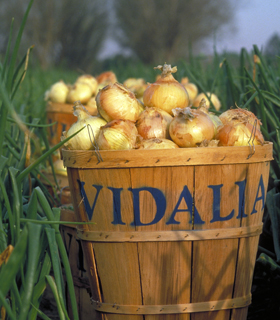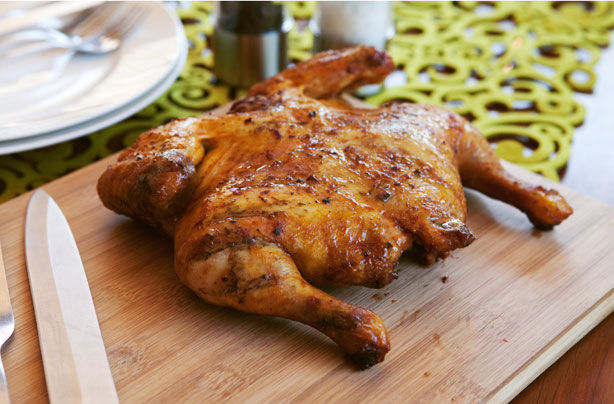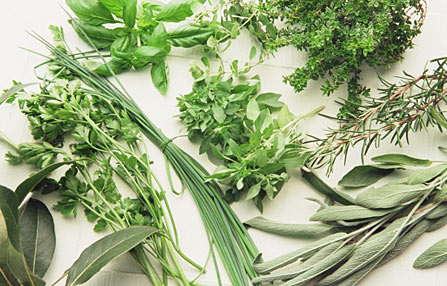I've just planted my tomatoes, the Sweet 100 variety, and already I'm anticipating how I will use them. Last year my plants were very prolific, providing me with well over a thousand of those delicious tiny ruby red orbs. So I can't wait for this year's harvest to begin.
Recently I came across an interesting recipe that combines my love of the tomato fruit with my namesake. Hold on to this one for future reference as the Summer bounty commences:
Cherry Tomato Vinaigrette
1 pint cherry tomatoes
1 Tbsp (or more) of red wine vinegar
3 Tbsp EVOO, divided
Kosher salt, freshly ground pepper
1 shallot, finely chopped
2 Tbsp chopped fresh chives
Cut half of cherry tomatoes in half. Heat 1 Tbsp EVOO in a medium saucepan over medium heat. Add shallot and cook, stirring often, until softened, about 4 minutes.
Add halved and whole tomatoes and cook, stirring occasionally, until beginning to release juices, 4-6 minutes. Mash some of tomatoes with a spoon.
Add 1 Tbsp vinegar and remaining 2 Tbsp EVOO; season with salt and pepper, Serve warm or room temperature; add chives just before serving.
recipe courtesy of Bonappetit, June 2013, p. 44.


























